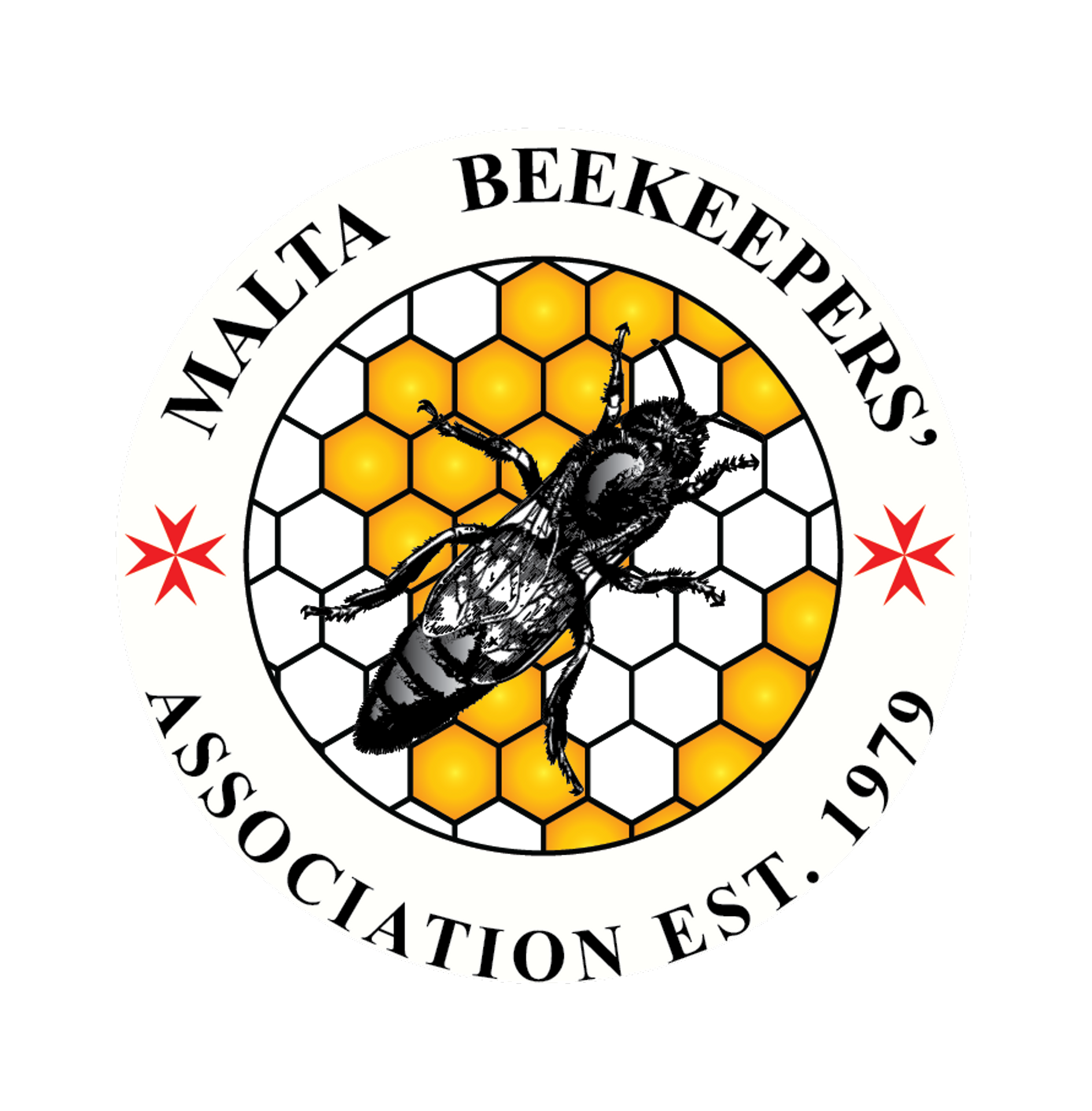Stings
Stings
When a honey bee stings, the sting, venom sac and venom pump are left in the skin after the bee pulls away, the honey bee consequently dies.
Most of the venom will be injected in the first 20 seconds
but the pump can continue for up to two minutes. It is important to get
the sting out fast to minimise the dose of venom.
The best method is to scratch out the sting with a fingernail or hive tool
quickly. Then smoke the area to mask the alarm pheromone in the sting to
stop any more bees from stinging in the same area. A quick squirt with wasp-eze
or another product will have the same effect as smoke if you are not a
Beekeeper
If possible, close the hive gently, move away for a few minutes and apply a
soothing lotion, such as Witch Hazel or calamine lotion onto the affected area.
On returning home, an ice pack or packet of frozen peas will help to reduce any
pain or swelling resulting from the sting.
Some people have some allergic reaction to stings. This can range from slight
swelling in the vicinity of the sting, to a generalised itching (urticaria)
or anaphylaxis (generalised shock including difficulty in breathing).
This very allergic group needs to be careful. Unfortunately, even beekeepers
that normally show little reaction to bee stings may react adversely the next
time they are stung so it is always wise to be prepared and ensure that help
can be called in any emergency.

